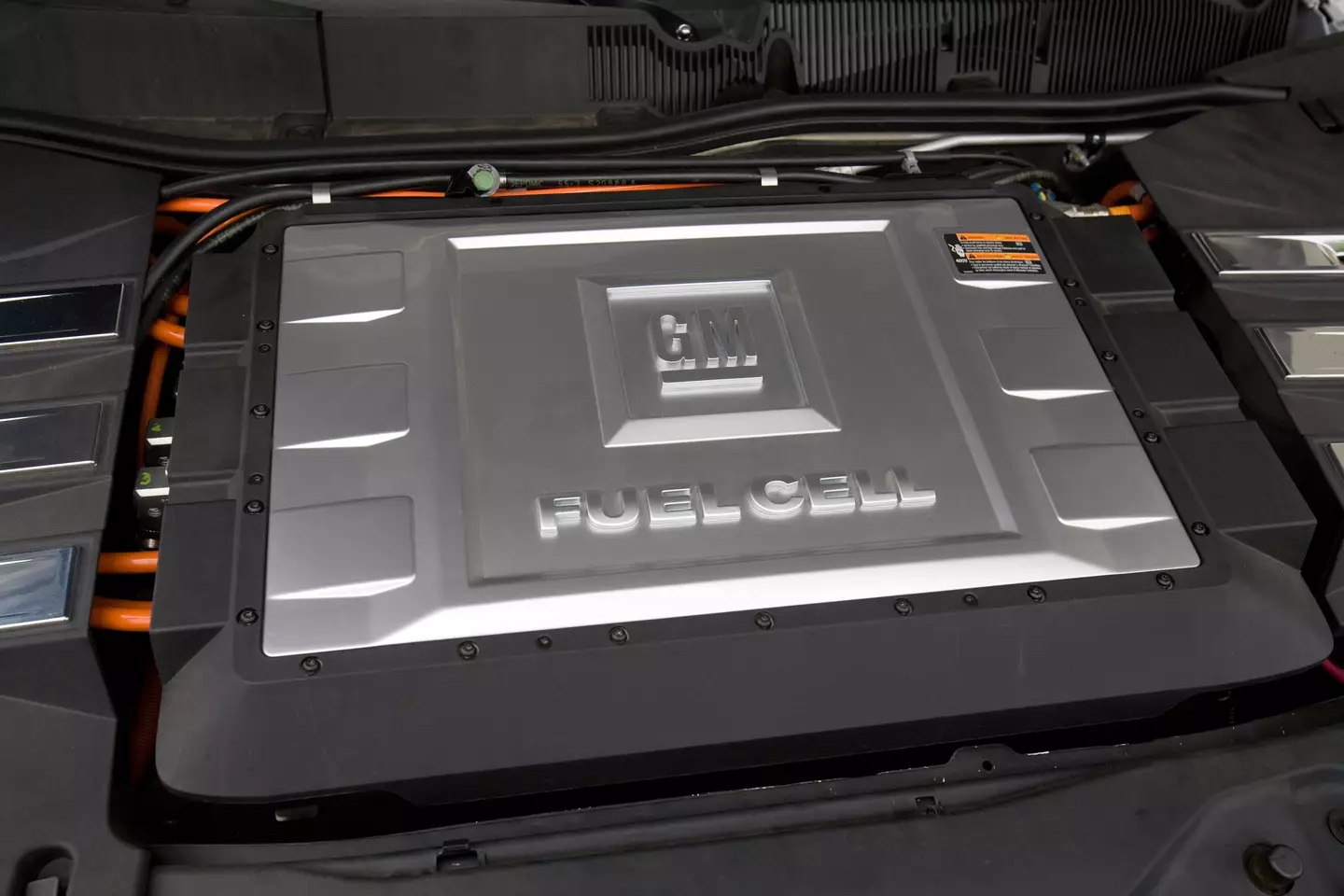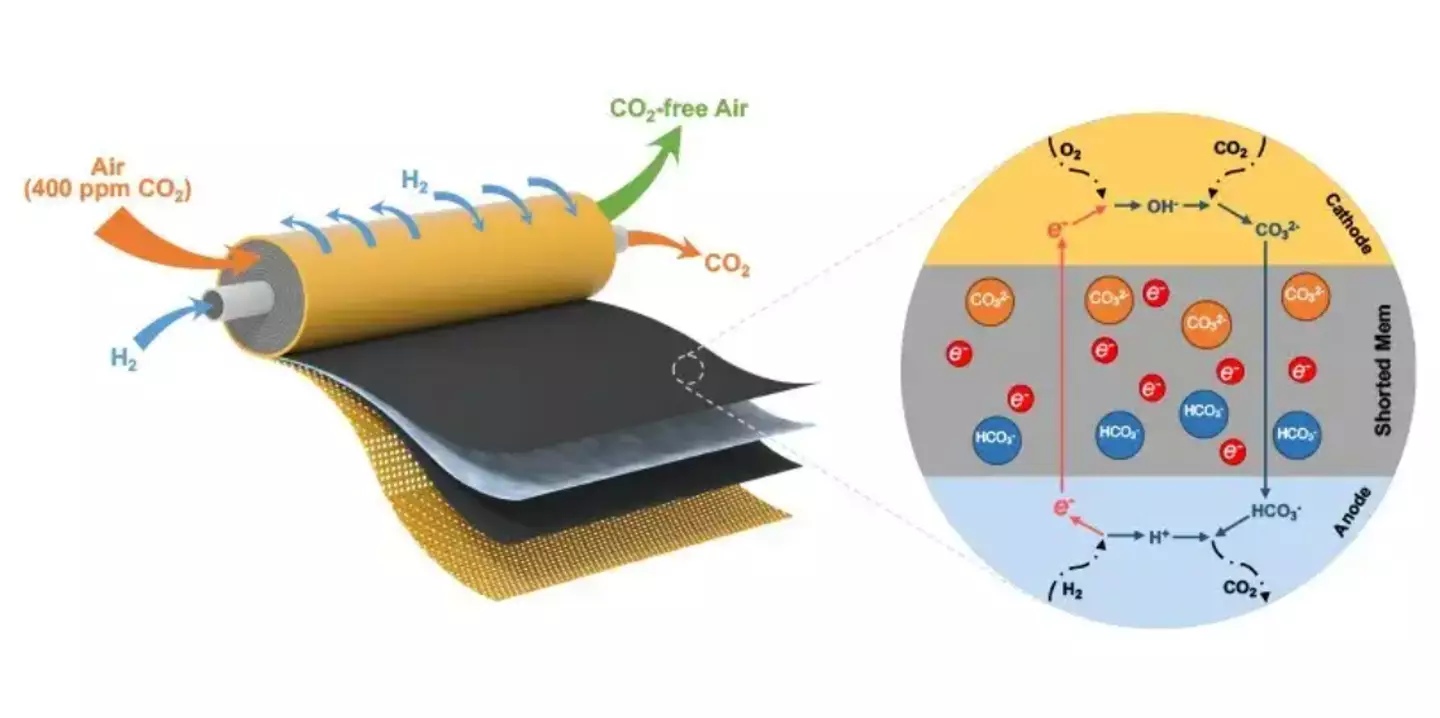
Researchers have hailed a new 'hyper-efficient method' of carbon capture that could be a 'game-changer' for fuel cell technology.
The device — which works to remove carbon dioxide from the air using a hydrogen-powered novel electrochemical system — was successfully demonstrated by a team at the University of Delaware last month, raising hopes that the method could help improve fuel cell efficiency.
Fuel cells generate electricity through an electrochemical reaction between hydrogen and oxygen atoms, and are increasingly commonly found in hybrid and zero-emission vehicles.

However, a major problem with the technology is the sensitivity of the hydroxide exchange membrane (HEM) fuel cells to carbon dioxide, which when present in the air around the fuel cells can reduce their efficiency by up to 20%, negating their benefits over a typical petrol engine.
Advert
Huge amounts of time and resources have been thrown towards trying to come up with a solution to this issue, with everyone from university researchers to Elon Musk trying to come up with a way to make carbon-capture technology available on a mass scale.
The University of Delaware team, led by Professor Yushan Yan, has been working on the tech for years, and a few years back realised that they could harness the 'self-purging' abilities of the fuel cells to their advantage.
'Once we dug into the mechanism, we realized the fuel cells were capturing just about every bit of carbon dioxide that came into them, and they were really good at separating it to the other side,' study co-author Brian Setzler said in a press release.

Using this approach to create a CO2 'filtration membrane' upstream from the main fuel cell stack, the team say their device was able to remove up to 99% of carbon dioxide from the air in one pass.
Advert
Their small device is both more efficient, and more cost effective than previous methods, and the team says it could be easily scaled up to be produced for the mass market. While the prototype is about the size of a can of soda, a version suitable for a car would be around the size of a gallon of milk.
Future plans for the device aren't currently clear, but the researchers are continuing to work on developing systems for green hydrogen production, with Setzler saying the team has a 'long term roadmap' for making their device suitable for everything from submarines to spacecraft.
If you have a story you want to tell, send it to UNILAD via [email protected]
Topics: Technology, Science
